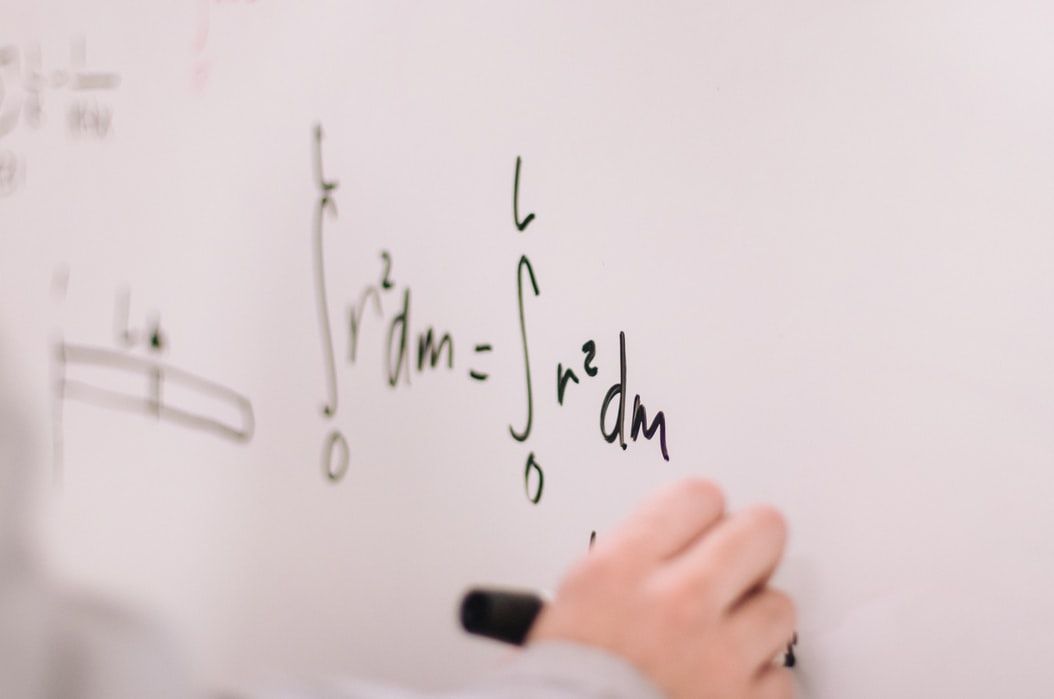Solution to
the Riemann Hypothesis had evaded mathematicians for over 161 years, until a
Hyderabad-based man claimed to have solved it recently. According to a report
in the Hindustan Times, Dr Kumar Eswaran has claimed to having solved the
problem during his tenure at the Sreenidhi Institute of Science and Technology
(SNIST).
In a release,
the SNIST confirmed they had formed a committee to check the veracity of the
claims and found it to be true after a detailed and careful examination of the
solution presented by Eswaran. The review process began in February 2020 and went
on for a year, the institute said.
Also Read | IIT Madras create algorithms to study how fire behaves in space
What is the
Riemann Hypothesis?
The Riemann
Hypothesis was first proposed by German mathematician Bernhard Riemann in 1859.
It was also prominently taken up by another German mathematician, Carl Friedrich
Gauss later in the 19th century. It primarily deals with the
distribution of prime numbers.
It is one
of the biggest problems in the field and its solution has evaded mathematicians
for 161 years, who could neither prove or disprove the hypothesis. The Riemann
Hypothesis is one of the Clay Mathematics Institute’s seven Millenium Prize Problems.
Also Read | This $50,000 helmet can ‘read your mind’
The Oxford-based institute has set a reward of $1 million for the solution for each of those seven problems.
Experts say
the solution for the Riemann Hypothesis could lead to prime numbers being used
in cryptography and will also impact the number theory. It will also open the
doors for a number of other problems to be solved.
It will
also allow algorithms to be processed faster.







